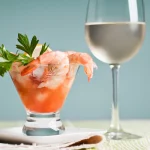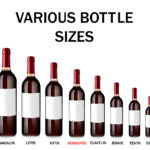Are you one of those who pour wine into any glass and call it a day? If so, you’re not getting the best possible taste from your wine. You’re not carefully choosing your glass or your serving size and potentially losing out.
Thankfully, we’re here to help! We’ll help you not only choose the best serving size but make picking a good wine glass easy and fun!
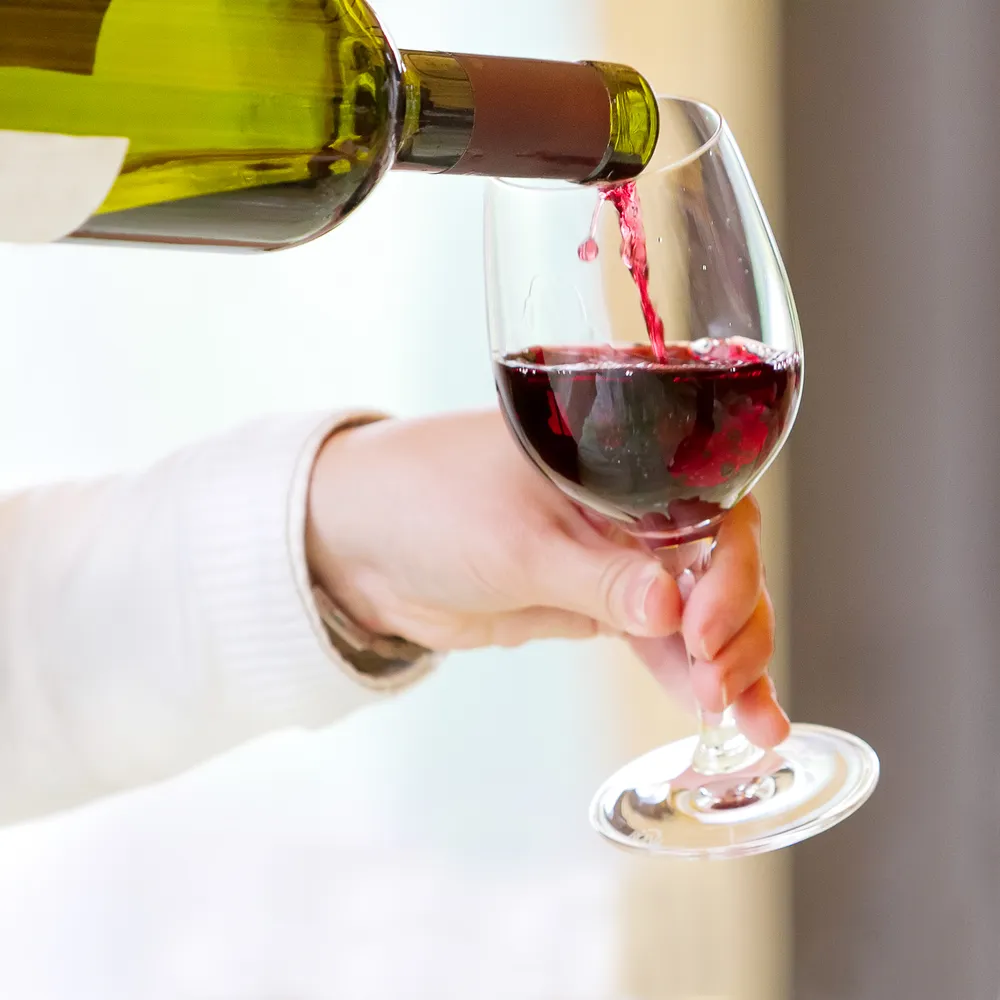
How Many Ounces in a Wine Serving?
A good wine serving is about five ounces, even if your standard wine glass is about 12-14 ounces, though you may find wine glasses closer to 22 ounces or more.
Wine glasses are designed to enhance your wine’s taste and aroma with their very shape. That means there’s a lot of extra glass that won’t be holding wine, as a typical serving is about five ounces and no more.
Five ounces is a good serving because it gives you enough wine to enjoy without overpowering your palate.
It may also add more calories and alcohol to your diet, which could affect weight loss plans or give you a buzz more quickly.
However, your serving sizes should be heavily decreased during taste tests.
You should also decrease or increase the serving size depending on the alcohol content. See the chart below for details:
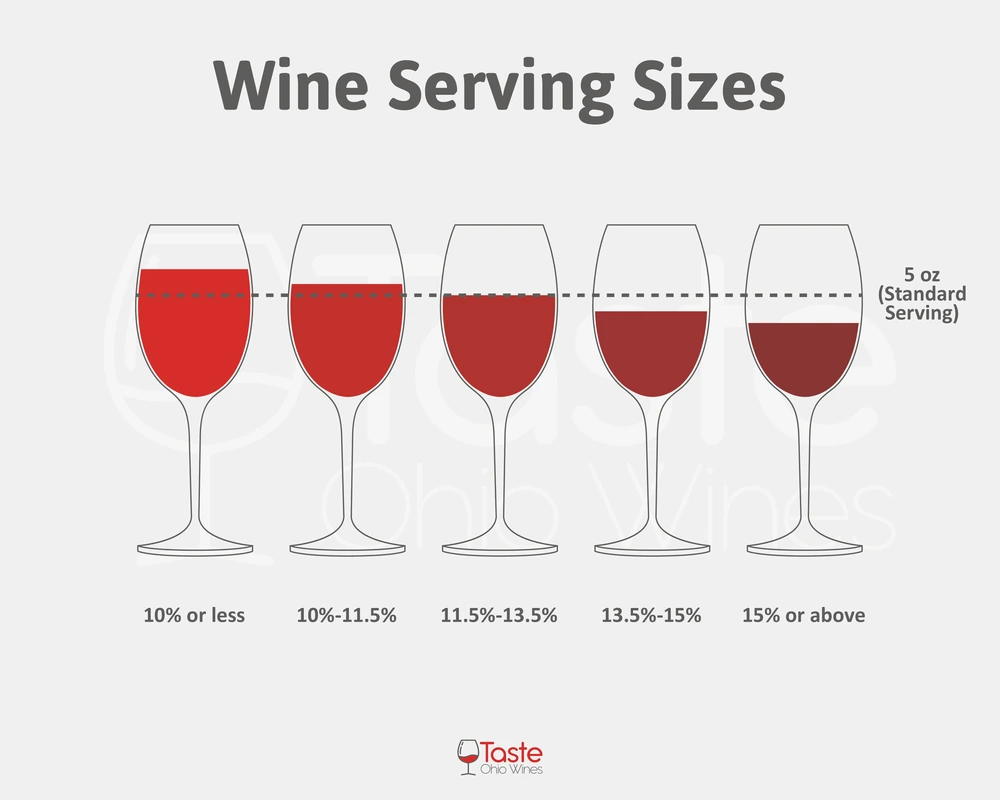
Share this Image On Your Site
What About Taste Tests, How Much Should Be Served?
Taste tests should be half your average serving amount, so a standard wine taste test is about 2-3 ounces.
This may vary, as some whites may have higher serving amounts of six or seven, while reds may serve at three or four ounces, depending on their taste intensity.
So, divide your serving amount by two to get an approximate taste test amount.
For example, your standard serving of five ounces should have a taste test of two or three ounces, depending on your preference. You either round up or down because pouring 2.5 ounces is inconvenient.
The same is true of larger or smaller servings. If your dessert wine serves at two ounces, you will pour at one ounce for a taste test.
How Many Ounces For a Dessert Wine Pour?
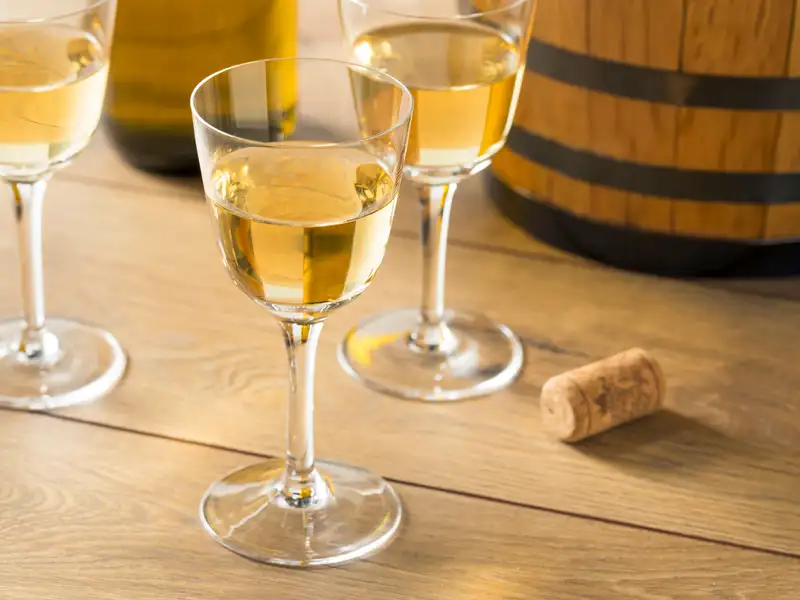
Dessert wines have such intense acidity, sweetness, and aroma, that you want to pour about two ounces with each glass.
That’s one reason why dessert glasses are so small compared to standard options.
You simply don’t want to drink much more than two ounces. That should give you a great sampling of their taste without overwhelming your palate.
As mentioned above, the taste test pour should be at about one ounce with dessert wines.
While this might be frustrating to some drinkers, think of dessert wines as a long-term sipping option.
Don’t polish it off all at once but sip it occasionally to get that nice burst of flavor.
In this way, you can enjoy a few dessert-wine servings without feeling too overpowered with sugar.
How Much to Pour For Fortified Wines?

Pour about three to four ounces for your fortified wine servings.
This smaller amount is because fortified wines are similar to dessert wines in that you typically pour less than the standard five-ounce serving size.
That’s because these wines not only have a high amount of sugar but a higher alcohol amount.
They are typically dry wines with a high alcohol content that have additional sugar added to them. That makes them very easy to drink in large amounts if you’re not careful.
That’s why we suggest about three ounces or so for your fortified wines or one ounce for taste tests.
Any more than that can be overwhelming and may create a quick buzz.
You can go a little higher than with dessert wines because there’s typically less sugar in fortified wines, meaning that you’re less likely to stun your taste buds and make your wine enjoyment more difficult.
Wine Glasses to Use For Different Wines
Serve different wines in specific glasses to get the best tasting and serving experience. The chart below is a general outline of which wines go with which glasses.
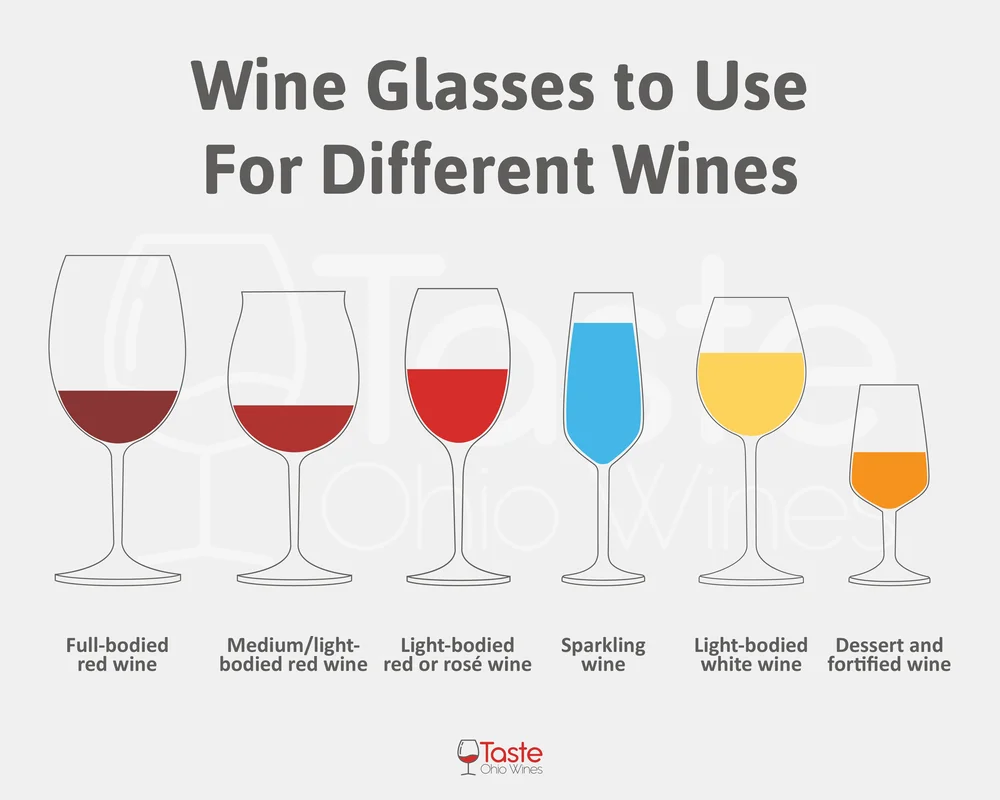
Share this Image On Your Site
Let’s take a deeper look at several glasses and why they work for specific wines below.
Related: How to hold a wine glass properly.
Red Wine: Short and Wide
Red wine glasses give you a whiff of wine aroma. Its extra space helps the red wine breathe and enhances its flavor.
Wine glasses you can choose based on your wine include:
- Bordeaux: Bordeaux glasses have a tall bowl that lets you swirl the wine and provides extra space for the Bordeaux to breathe. They also work well for Sirah and Malbec wines, with a taller height that directs the wine to your mouth and not the tongue, minimizing bitterness.
- Burgundy: Burgundy wine glasses (about nine inches compared to the Bordeaux’s eight), let the wine touch your tongue and understand its taste and smell. The 4-5 inch bowl also traps wine aromas to create a more balanced flavor.
- Cabernet: Also known as Merlot wine glasses, they look like Bordeaux glasses but come with a narrower rim. That combination helps add more oxygen to the tannins and brings out fruitier tastes and textures from your wine.
White Wine Glasses: Fancier and Narrower
White wine glasses typically include slightly fancier designs because they’re typically less intense and easier on the palate.
A few white wine glasses to consider include:
- Chardonnay: Chardonnay glasses include a large top opening to direct the wine to the tongue tip and side. Doing so helps you taste all its flavors and acidity and enhances its overall aroma. It goes very well with Chardonnay and Semillon.
- Sauvignon Blanc: These glasses include a narrow bowl that helps to minimize extra oxygen, which can affect a white wine’s flavor. It also helps direct your wine’s flavor and aroma to the nose and mouth and balances wine acidity.
- Riesling: Riesling glasses include a relatively small capacity and narrow width with a smaller rim that traps a wine’s sweetness. The tapered rim keeps the aromas at the top of the bowl to help ensure they reach your nose much easier.
Sparkling and Dessert Wines
Sparkling wines are typically served in Flute or Coupe glasses, which hold up to eight ounces with a very long height and stem that minimizes heat transfer and preserves wine carbonation.
Dessert or fortified wines serve in Port or Sherry glasses, including narrow mouths that trap sweet smells and minimize evaporation risks. In this way, you keep your wine sweet.
In Summary
As you can see, choosing the correct wine glass and the serving amount is vitally essential to your experience.
While you can typically serve wine out of any glass, taking your time to choose the best option will enhance wine flavor and provide you with the delicious drink you want and deserve.
- Shrimp Cocktail (and More) Wine Pairing Guide - 09/06/2022
- What Wine Serving Sizes Look Like: Standard Size and More - 08/06/2022
- How Much Sugar is in Wine: Glass and Bottle Sugar Content - 08/06/2022

